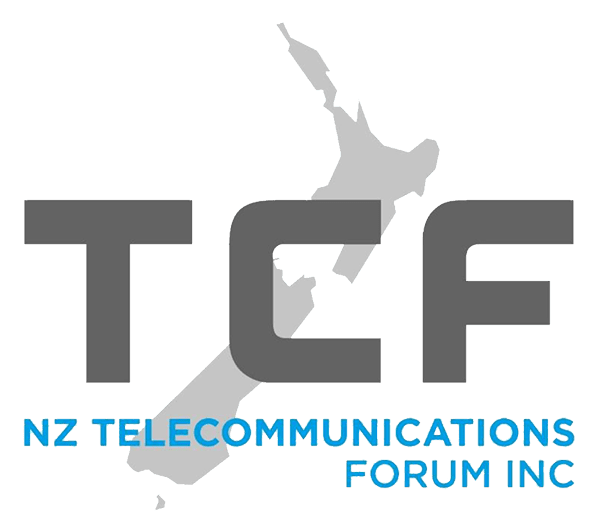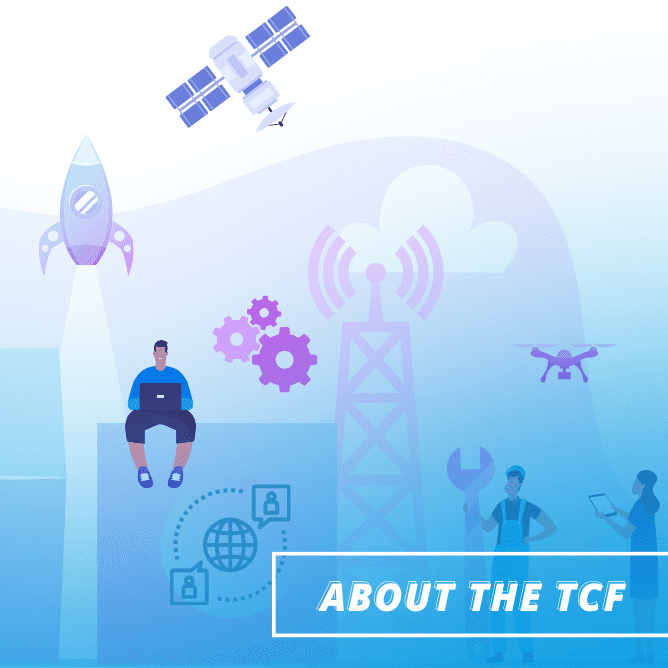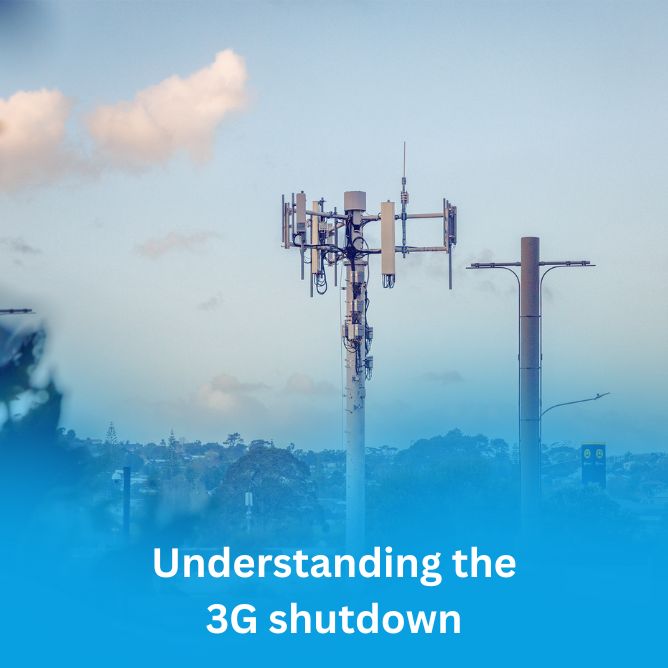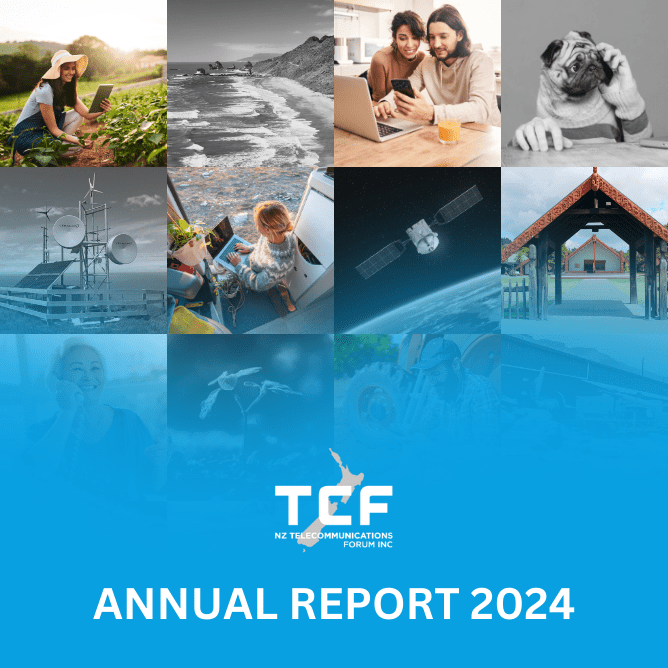Staying connected into the future
The way your landline and broadband services connect may change in the future. The telecommunications industry is upgrading to more modern, reliable and efficient connections that deliver world-class speeds. These changes will ensure that you have access to the best possible connectivity and can take advantage of the many benefits that modern technology has to offer.
This factsheet is a joint initiative between the TCF, Commerce Commission and TDR.
Download our copper factsheet for a quick and easy guide to the changes.
Copper withdrawal
With the roll out of the fibre network, New Zealand is now less dependent on copper for its telecommunications needs. Chorus, the owner and operator of the copper network, is now able to withdraw copper services in areas where fibre is available. To make the transition as smooth as possible, Chorus is working closely with the Commerce Commission and service providers to ensure everyone affected understands the process.
PSTN switch-off
The PSTN is a network of switches that automatically connect landline calls from one person to another over copper lines. Operated by Spark, the PSTN is now nearing end-of-life. To keep New Zealand connected into the future, the old PSTN is being retired area by area where more modern technology is available. Customers still using the service, no matter who their service provider is, will need to transition to newer alternatives.
What do I need to do?
If Chorus or your service provider doesn’t contact you about these changes, you’re not affected and your current services will continue.
If Chorus or your service provider has been in touch about changes, you’ll be asked to switch to new technology or, if you prefer, to a new service provider. You will need to talk to your service provider about what options are available to you. Modern networks offer so much more than voice calling and this will be a good opportunity to talk about your needs for the future.
What options do I have?
If you have been told, by Chorus or your service provider, you are affected by either copper withdrawal or the PSTN switch-off, you will have alternative technologies available to keep your landline and broadband services connected. In some cases, you may be able to choose from several options, including fibre, fixed wireless, HFC cable or satellite. Check out the broadband map to see what options are available at your address.
When is this happening?
Copper withdrawal is likely to take several years and will be conducted in carefully planned stages. The PSTN will be switched off area-by-area as more alternative technologies become available over the coming years. Your service provider will be in touch if you’re affected.
What consumer protections are in place during this period?
The Commerce Commission has developed a code that sets out the conditions Chorus must meet before copper services can be withdrawn. This process ensures you have all the information about your alternative options and allows you six months to plan. For more information go to www.comcom.govt.nz/coppercode.
The telecommunications industry also has a set of rules around the PSTN switch-off that ensures customers understand their rights and options. Copper and PSTN Transition Code.
How can I find more information?
If you’re affected by the copper changes, Chorus or Spark will be in touch with you individually to let you know what is happening. In the meantime, plenty of information is available online to help.
- Download our factsheet for a quick and easy guide to the changes
- Check the available connection options at your address
- Chorus information regarding copper withdrawal
- PSTN upgrade information from Spark
- One New Zealand information on the copper changes
What happens if I have questions about the process?
Copper withdrawal
Contact Chorus, or your service provider, if you have questions about moving from your copper connection.
PSTN switch-off
Contact your service provider, if your questions relate to changes to the PSTN.
Need more help to resolve a query?
The Telecommunications Dispute Resolution (TDR) is a free and independent service helping to resolve disputes between customers and their telecommunications provider.
Upgraded technology means better connectivity.
New Zealand is leading the world when it comes to connectivity. With mobile, fibre, fixed wireless, HFC cable and satellite delivering better connectivity in more places, Kiwis can work, learn and play online across the country.








